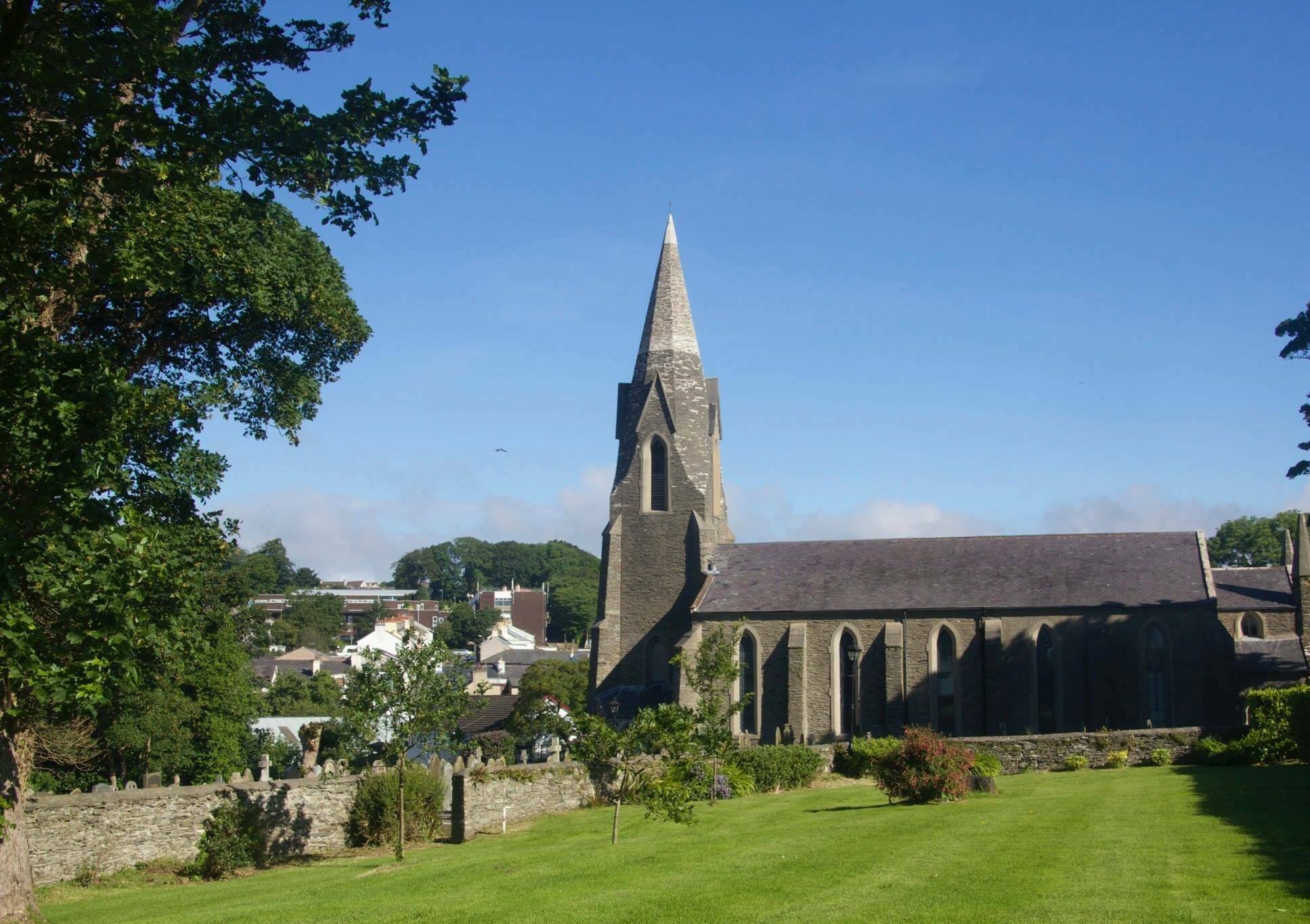About
Site Directory
Copyright © 2025 www.isleofman.com
All Right Reserved
powered by 
Copyright © 2025 www.isleofman.com
All Right Reserved
powered by 


The present parish church was erected in 1833 to replace an earlier building which dated from around the 12th century. This in turn had been built on or near to the site of a early Celtic keeill dedicated to Saint Conchan, or Connaghyn, who, tradition has it, may have been one of the earliest bishops of the Manx church way back around the middle of the 6th century. (It has been suggested that Conchan may be the same name as Kevin).
Built into the wall surrounding the churchyard, a little way down the hill from the entrance, is a stone pillar which is known locally as the "whipping post". However, its origin is more likely to be that it is the sole survivor of a semi-circle of similar stones associated with a pre-historic burial site.
A collection of six Celtic and Norse carved stone cross-slabs have survived from the burial ground associated with the old keeill. These are preserved in the porch of the church together with a 12th century gable cross from the former building which was demolished in 1833. Three of the cross-slabs have representations of beasts which have been described variously as "grotesque animals", apes, weasels, cats, dogs, and a form of Manx lion. Thurith's cross, named after its creator, has runic inscriptions which give his name and the words "The Cross of Jesus Christ". A circular stone base, dating back over 1,000 years, into which a groove or socket is cut to support one of these crosses, may be seen in its original position in the churchyard. This was fashioned out of a granite boulder which was brought down by ice age glaciers from lands to the north.
The present church was designed by the firm of Hansom and Welch. The architect John Welch was also responsible for the Tower of Refuge on Conister Rock in Douglas Bay and for several other Manx parish churches.
The grave of the parents of the wife of Capt. Bligh of the "Bounty" may be seen in the churchyard. Because the weathered inscription was becoming illegible, the Friends of Onchan's Heritage have erected, near the grave, a plaque which repeats the wording.